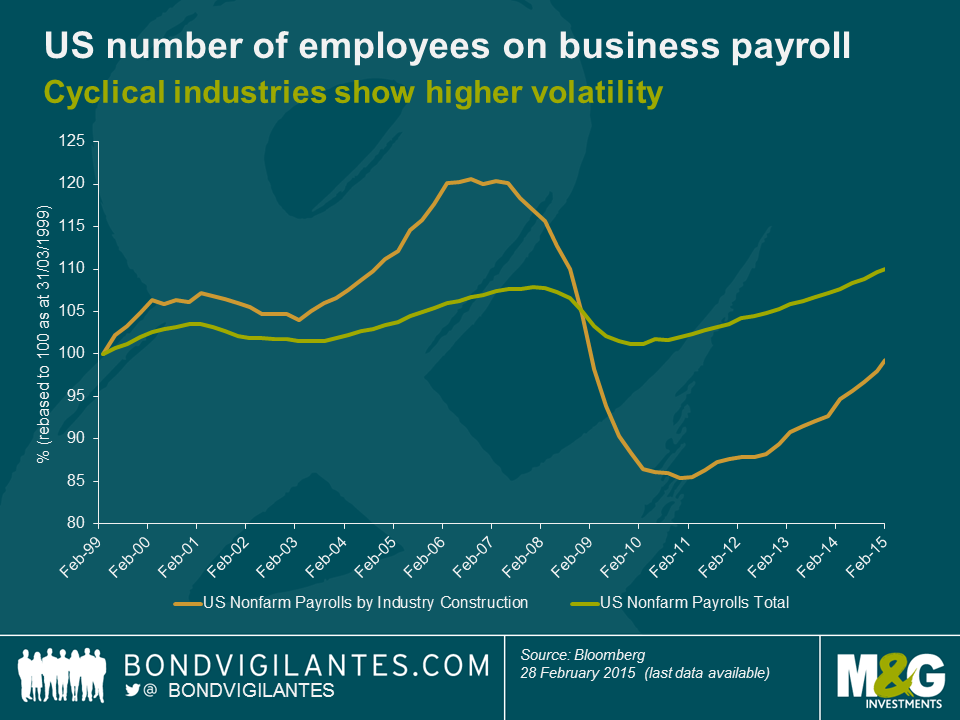The falling US unemployment rate could benefit some emerging markets
The declining unemployment rate in the US has renewed the debate on the timing and pace of monetary tightening by the Fed. While wage pressures have been muted thus far, the risk is rising that further declines of unemployment will lower the rate below non-inflationary (NAIRU) levels and prompt the Fed to start hiking.
For emerging markets, one of the main transmission mechanisms is through weaker EM currencies versus the US dollar. Additionally, many are concerned about higher funding costs as US Treasury yields rise further. These are significant concerns for EM investors. Despite the recent increase in euro bond issuance (a result of the lower yields on offer in Europe), most corporate external funding is still denominated in USD.
However, another transmission from the US recovery is through remittances. Remittances by US based workers to families in their home countries is highly correlated to economic activity in the US and it can disproportionally benefit a few countries. We can see from the chart above that the unemployment rate amongst the US’ Hispanic population (a proxy for their savings and eventual remittances) is improving at an even faster pace than the broader US workforce, which by itself is recovering at a solid pace. Part of this is because Hispanics are overrepresented in cyclical industries, such as construction.
Remittances have been found to contribute to lower growth volatility in the recipient country (as this recent IMF report pointed out). It also serves as a major social safety net, as the recipient countries generally have very low levels of income and savings and the availability of key services such as health and education is often scarce. Finally, remittances reduce a country’s current account deficit and external funding requirements, which is supportive should capital inflows into emerging markets decline.

The eventual Fed hikes will remain a key concern for many emerging markets. However there are countries that will benefit from the stronger US labour market, particularly those that stand to benefit from US employee remittances.
The value of investments will fluctuate, which will cause prices to fall as well as rise and you may not get back the original amount you invested. Past performance is not a guide to future performance.


18 years of comment
Discover historical blogs from our extensive archive with our Blast from the past feature. View the most popular blogs posted this month - 5, 10 or 15 years ago!


Bond Vigilantes
Get Bond Vigilantes updates straight to your inbox







